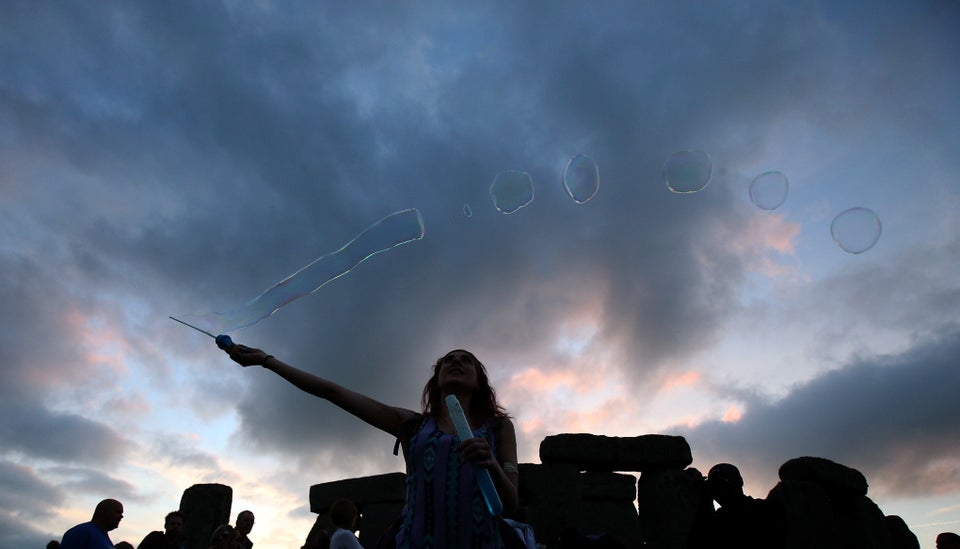With evil witches and flying wizards dominating entertainment media, it's no wonder there is such confusion about paganism and Wicca. These real, live religions are practiced by people like anyone else. And their community-focused, eco-centric faith is worth knowing a thing or two about.
These are a few of the many practices that could be classified as "pagan," a traditions (or traditions) that spans many centuries and countries around the world. This piece focuses on western neo-pagan traditions, including Wicca and neo-Druidism.
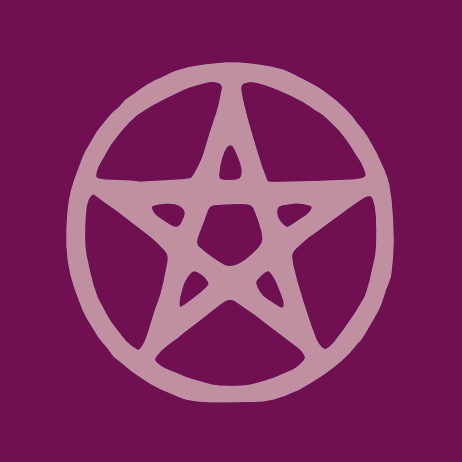
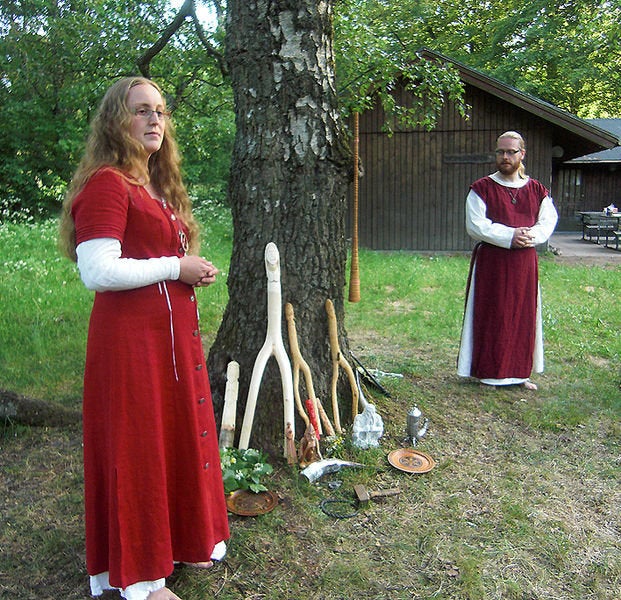

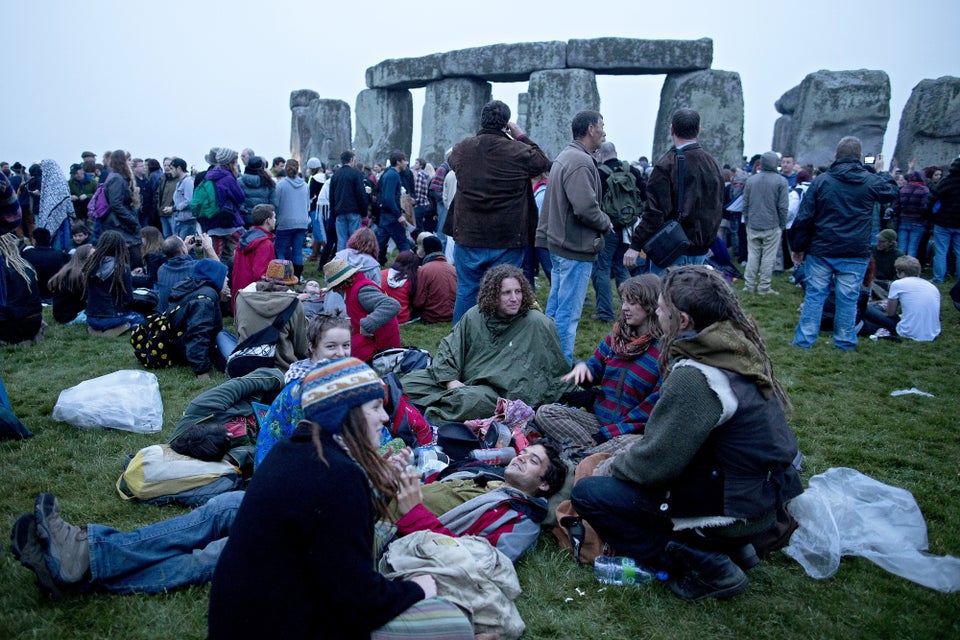

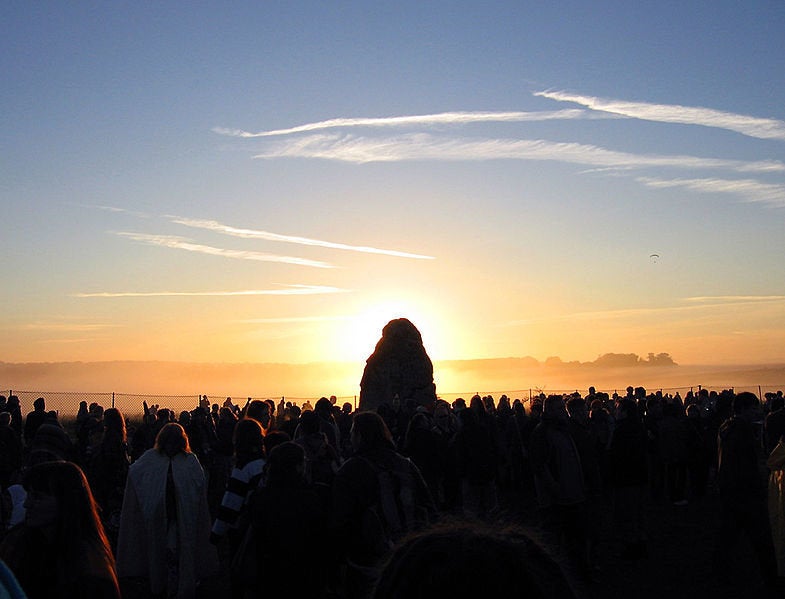
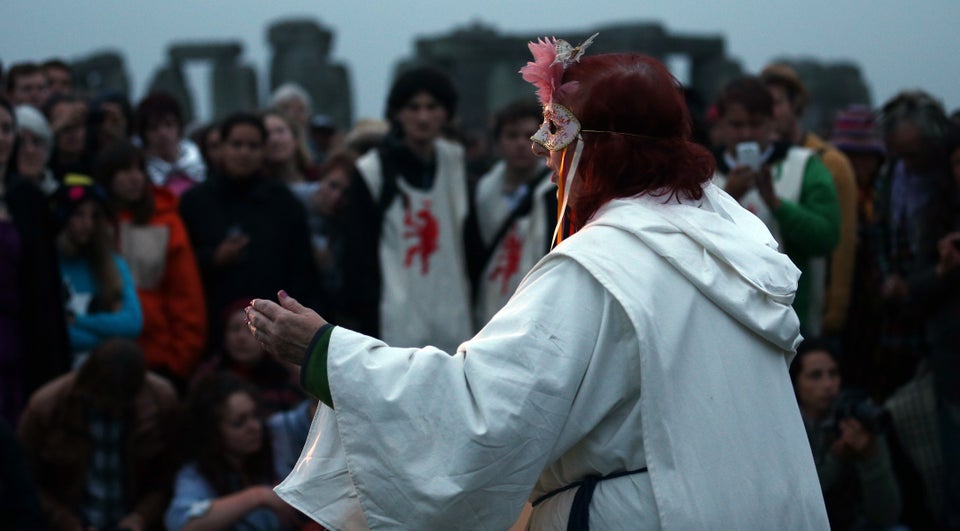
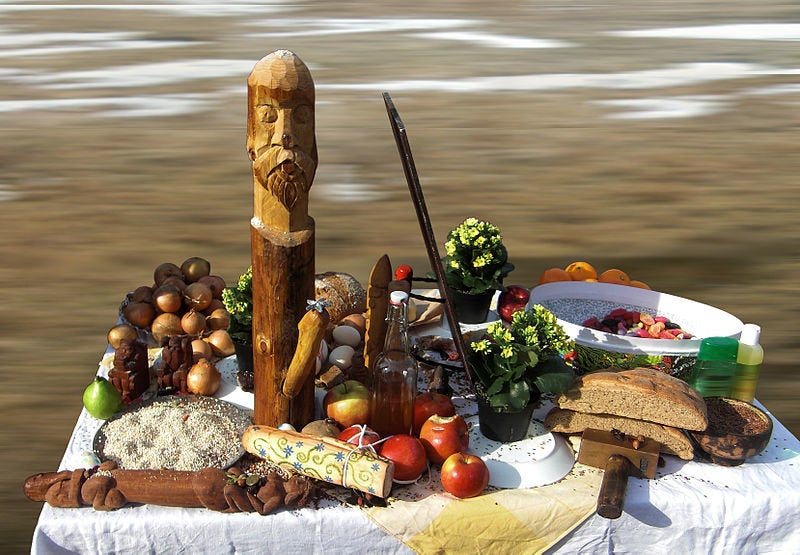

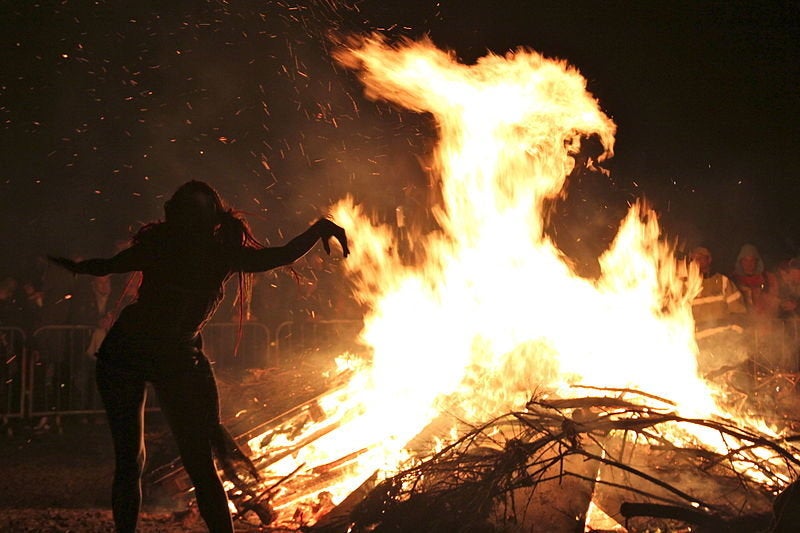
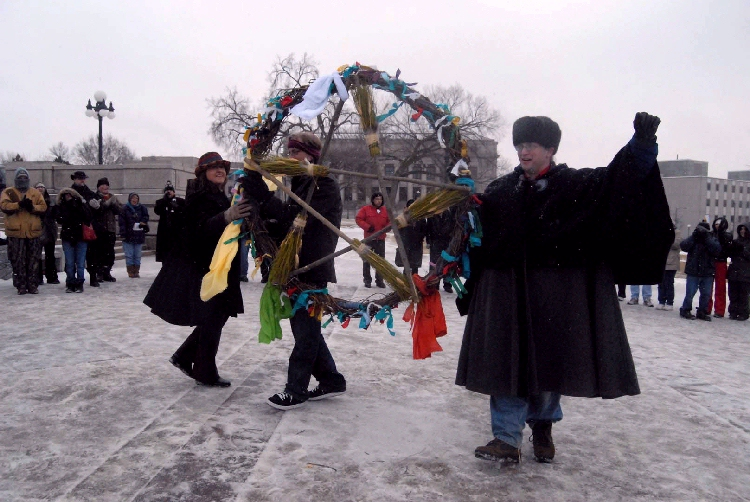
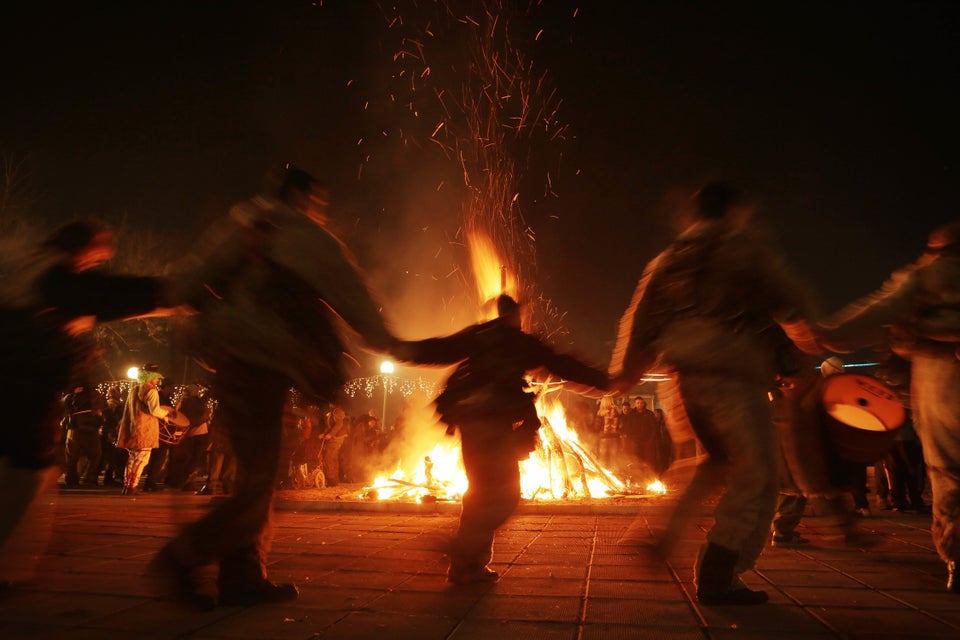

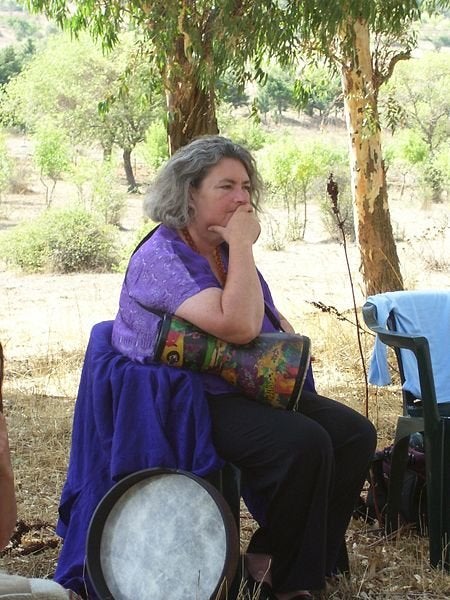



Paganism is by no means an adults-only tradition. The 1999 Pagan Census found that just over 40% of participants reported that they had children. The growing number of children in the pagan community has lead some groups to open their rituals to families and youth, adjusting some practices that may not have been appropriate or accessible for young people.
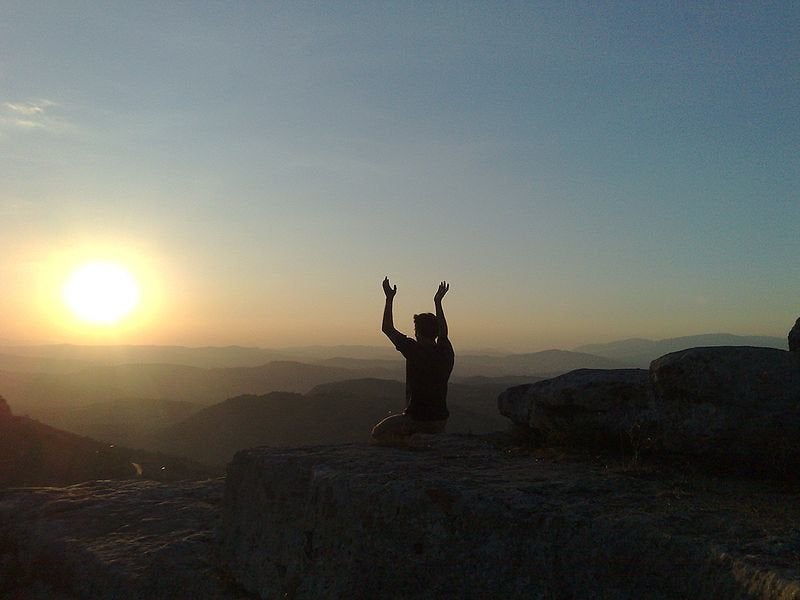
The Pagan Census found in 2003 that just over 50% of respondents said they were solitary practitioners. This means they do not belong to a coven and may not have been 'trained' by a larger spiritual organization. Solitary practitioners observe rituals and practice magic on their own, or perhaps occasionally in small groups. Even for those involved in covens, personal practice is seen as key for developing magic skills and deepening spiritual connection.
This post has been amended to more explicitly frame the scope of its subject

